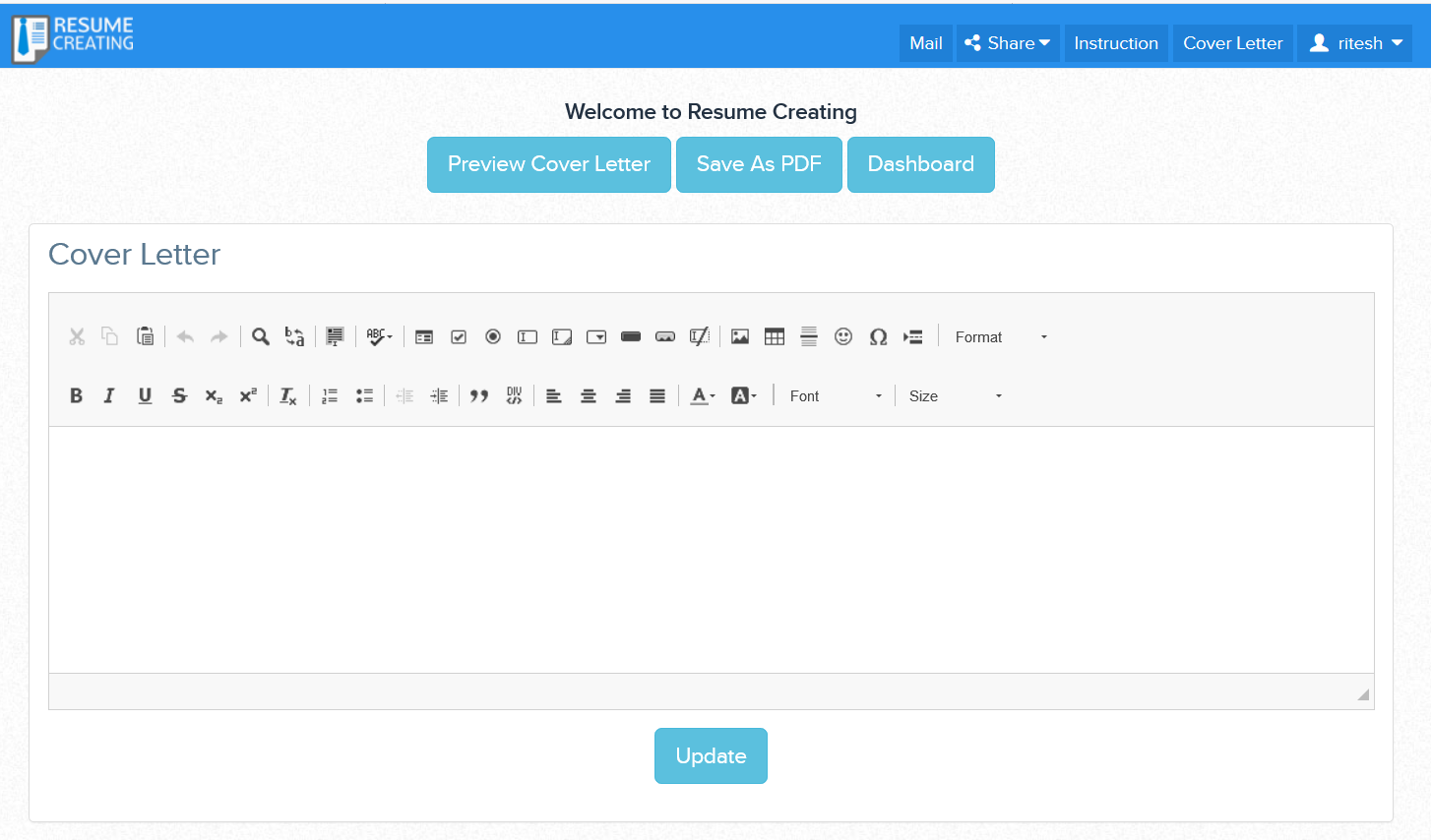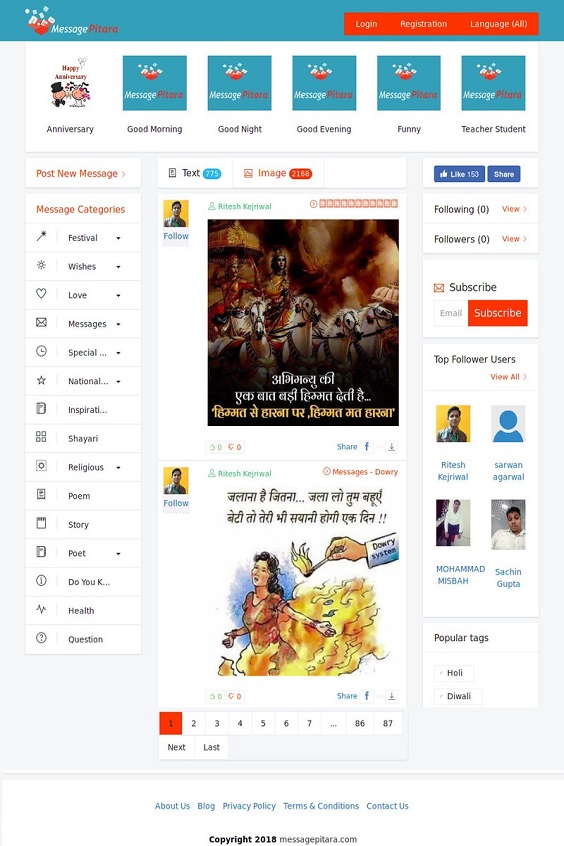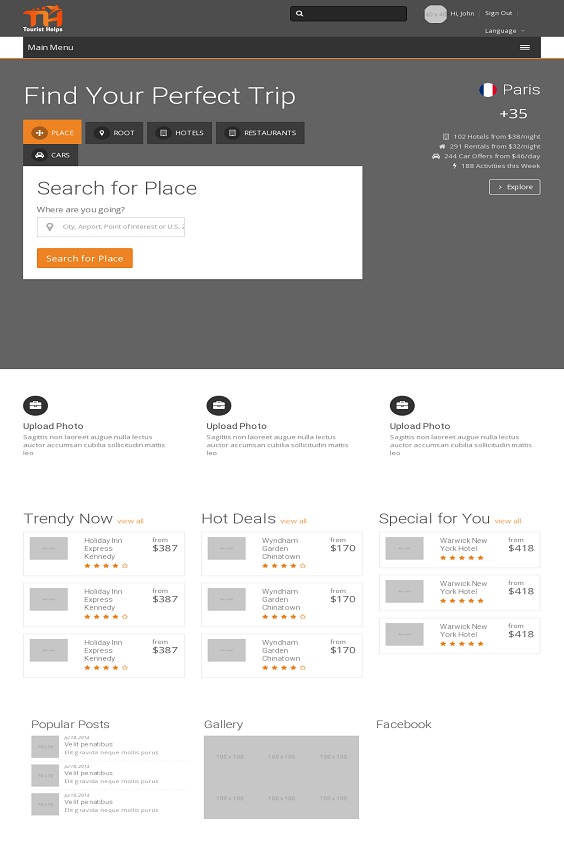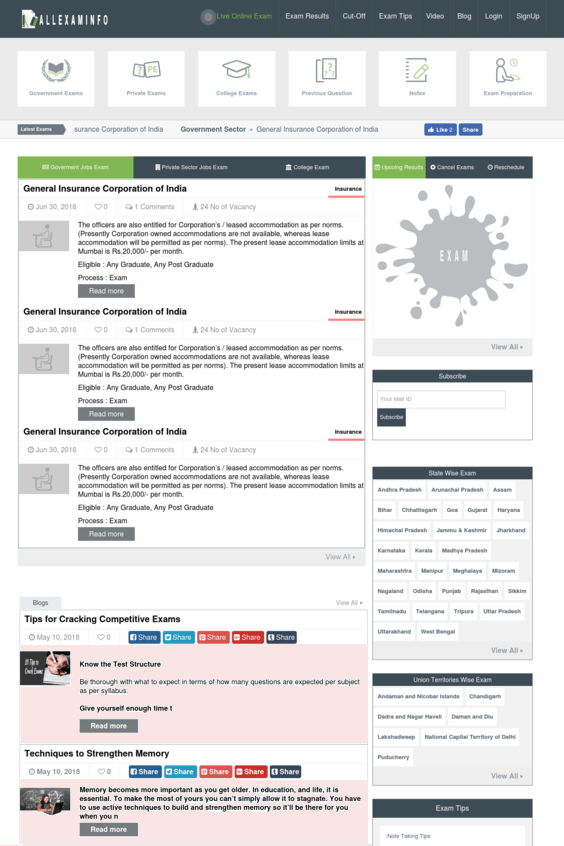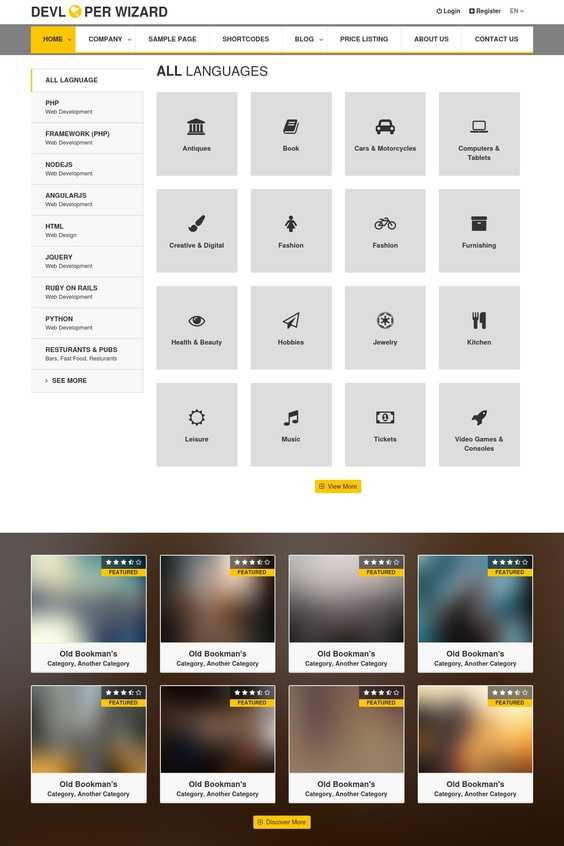Whether you are an experienced professional looking for new opportunities, or a fresher entering the job market, these days you need to know how to write a cover letter if you want to get that dream job. It isn’t enough to have just a resume or CV. You need a cover letter to go with it.
Think of your cover letter as both tool and opportunity. You want it to make the hiring manager take notice of you, and get you on the interview list. Blow your cover letter, and you risk being screened out. The following step-by-step guide, covers ways for mastering the skill to write a perfect cover letter.
Greeting
“Dear Hiring Manager” is too generic, and using “Dear Sir” when the person reading your cover letter could be a she is a bad start. So you need to find out the name of the person who screens applicants, his or her title (Ms.? Mr.? Dr.?), as well as his or her position. Usually, a quick web search yields the information you need. You can also phone the receptionist. Still, if you get no leads “Dear Hiring Manager” will do.
Re: the job
The person you are writing to may be recruiting for several positions at once. Make that person’s life easier. Include a quick reference to the job you’re applying to upfront.
The first paragraph
Statements like “I’m applying for the XYZ position” are unnecessary, because it’s obvious with the “Re: Systems Analyst position.” Instead, tell why you’re applying for this particular job, in this particular company. Give a real reason—and one that does not reflect your own self-interest. If someone has referred you to a particular manager, mention her name and company.
If you don’t have a reference, consider leading with a question: for example “Are you looking for a proven IT professional? One with cutting-edge skills and dedication to customer service?”. Then answer why the position is your dream job, and why you’re uniquely qualified.
If you’re struggling to get the words down, it may be because you haven’t done your homework. Research the company. Check the news. Find out which charities they support.
The second paragraph
Here’s where you give a short career summary and you tell the hiring manager why you should be selected for the job.Your cover letter is made to supplement your resume, not repeat it.
Instead, try sharing experiences on notable professional challenges that showcase your abilities. If you don’t have all the requirements for the position, don’t apologize and don’t mention them.
The conclusion
The concluding paragraph gives you the opportunity to make a good impression. Thank the manager for their time and remember to include contact information, so the hiring manager doesn’t have to go searching for it. And promise to follow up to show proactive commitment attitude.
Proofread
It’s not enough to run your cover letter through the spell-checker (although you should). It won’t catch every mistake or typo. These are common usage errors: confusion over its/it’s, there/their/they’re, your/you’re, affect/effect, and insure/ensure. If grammar isn’t your thing, give the letter to a friend to review. Check your verbs. Are they active voice or passive voice (overusing was)? Some great active verbs are: create, launch, navigate, analyze, rescue, and organize. If they seem familiar, it’s because they’re the verbs that resonate on your resume or CV.
Check your descriptions. Words that will make you sound great are integrity, enthusiastic, committed. Avoid saying “I’m responsible,” or any other platitude that the hiring manager would expect. Avoid clichés—find a fresher way to say what you mean. Too many superlative adjectives may cause eye rolls.
Keywords count
If the company is hiring for a position that requires a certain skill set, use those exact keywords, in the exact order. These days, particularly at large companies, applicant-tracking software is frequently used, and the program is searching for those keywords. If it doesn’t find them, your resume won’t go any further. Do your best to insert the keywords.
Customize to each Job
Don’t use the same cover letter for everyone, only altering the heading, the greeting, and the position you’re applying for. It risks reading as generic.


